Horticulture clusters: The manure for India’s agri exports?
The newly launched Horticulture Cluster Development Programme is a central scheme that is likely to bring benefits to the entire horticulture ecosystem. For the program to succeed, it must seek global inspiration w.r.t. adherence to strict quality norms & capacity building initiatives.
- Recently, the Union Minister of Agriculture and Farmers’ Welfare Narendra Singh Tomar virtually launched the Horticulture Cluster Development Programme (CDP).
- From cultivation to branding & marketing to infrastructure development, this scheme encompasses various aspects vital to the sector’s holistic development.
- Major challenges that could impact the programme’s effectiveness are lack of ample investments, existence of multiple stakeholders, non-adherence to good agricultural and marketing practices and a weak food processing industry.
- Success of the program would, therefore, depend on the link between all stakeholders, state-of-the-art infrastructure, packaging technology, knowledge exchange at all levels, and so forth.
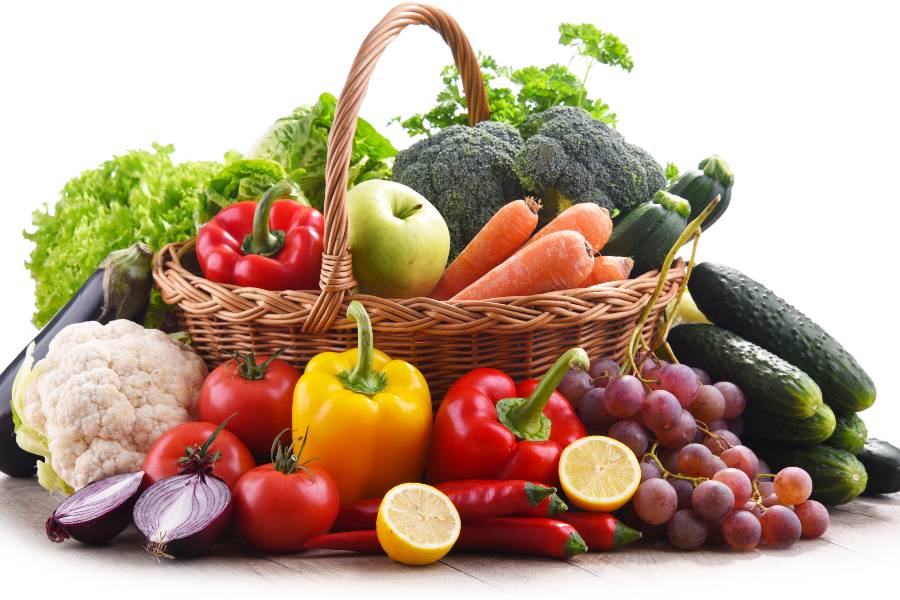
Image Credit: Shutterstock
On 31st May’21, the Union Minister of Agriculture and Farmers’ Welfare Narendra Singh Tomar virtually launched the Horticulture Cluster Development Programme (CDP). This scheme aims to take advantage of the fact that India is the second-largest producer of horticulture crops and accounts for around 12% of the world’s production of fruits and vegetables.
Professor Basanta K Sahu, Indian Institute of Foreign Trade, explains the reasons which make this a critical sector:
India a leading producer of horticultural crops. These products are high in commercial value and there is an increasing demand for them owing to the rise in purchasing power of customers & the high awareness about their nutritional value. Further, this sector is labour intensive and will create employment in the rural countries and does not put pressure on the existing land.
On the other hand, India’s share in global horticulture exports amounts to a paltry 1.7% in vegetables and 0.5% in fruits. This is a serious anomaly that the scheme is looking to address. The Horticulture CDP is a centrally sponsored scheme that will be implemented in 12 horticulture clusters out of the total 53 clusters selected for the programme by the National Horticulture Board (NHB).
These clusters will focus on the cultivation of specific fruits and vegetables. The clusters that have been finalized for the project include Shopian (J&K) and Kinnaur (HP) for apples, Lucknow (UP), Kutch (Gujarat) and Mahbubnagar (Telangana) for mangoes, Anantpur (AP) and Theni (TN) for bananas, Nasik (Maharashtra) for grapes, Siphahijala (Tripura) for pineapples, Solapur (Maharashtra) and Chitradurga (Karnataka) for pomegranates and West Jaintia Hills (Meghalaya) for turmeric. This blog looks at the scope of the programme and how it can meet its targeted objectives.
Something for everyone
The Horticulture CDP is likely to bring benefits to the entire horticulture ecosystem. Official estimates expect it to benefit about 10 lakh farmers and move closer to doubling their income as they benefit from access to a common pool of resources and by building last-mile connectivity. Gopal Naik, Professor in Economics and Social Sciences at the Indian Institute of Management Bangalore opines:
Clustering helps in creating needed ecosystem development such as storage, packaging, quality assaying, labeling, and transportation. Clusters can have a dedicated power supply and strong broadband connection apart from other infrastructures such as roads. The cluster approach also helps in getting trained manpower and information and knowledge transfer. They help to forward and backward integrate the supply chain.
The program is expected to converge with other initiatives of the Government such as the Agriculture Infrastructure Fund, which is a medium to long term financing facility for investment in projects for post-harvest management infrastructure and community farming assets. Thus, farmers will have assured availability of quality inputs at nominal price, enhancing their profitability. CDP also seeks to leverage the central sector scheme of the Ministry for Formation and Promotion of 10,000 Farmers Producer Organisations (FPOs).
Further, the scheme also seeks to attract an investment of Rs. 10,000 crore. Dr. Pritam Kalia, Former ICAR Emeritus Scientist, Head & Professor Vegetable Science and Coordinator, School of Horticulture Sciences, points out certain areas of investment:
The country should focus on catering to the global demand to attract investments. Joint ventures with private sector can also be established in the following – hybrid seeds of vegetable crops, greenhouse technologies, bio-pesticides, micro propagation & tissue culture, export of fresh fruits and vegetables, export of processed fruits and vegetable products and micro irrigation.
It also seeks to make horticulture clusters globally competitive by creating cluster-specific brands and improve exports of the targeted crops by approximately 20%. This will happen through the integration of horticulture products into the domestic and global value chains and aligning the production according to the global quality standards. It will therefore, benefit not just the exporters, but also the customers.
Success stories
Horticulture CDP is a well-intentioned scheme, and there are several case studies that India can take inspiration from going forward.
One of the classic examples of success is the Argan Oil cooperatives owned by the Berber women of Morocco. Earlier, the production of Argan oil by women was highly labour intensive and yielded low output. Traditional processing was sufficient to meet demands and consequently, the export volume was scanty.
However, things changed when foreign investors began taking a keen interest in the sector. Modern cold-pressing plants were built by foreign investors and this helped them to produce a higher quality oil with lower water content and longer shelf life at a lower price. This came at the cost of reducing the role of the women of the Berber communities to little more than a supplier of raw Argan nut kernels.
That’s when Argan Oil expert Professor Zoubida Charrouf stepped in. Not only did she ignite a passion for the conservation of this natural resource, but she also helped the indigenous Berber communities compete with foreign-owned pressing plants. NGOs from Europe began to support the development of Berber women’s cooperatives, while the government and foreign agencies sponsored the costs of getting internationally recognised organic certification for the Argan forest and the oil produced. These cooperatives were then roped in for the extraction of oil.
Another example worth looking at is the Dutch flower cluster. The Netherlands build the most competitive flower cluster in the world in a country with a cold and cloudy climate by using the ‘greenhouse concept’ heated by natural gas. Immigrants from Poland offered cheap labour that led to the flourishing of the sector. The cluster includes companies specializing in all aspects of flowers such as breeding, growing, cutting as well as preserving, packaging or air shipping.
From international auctioning to generating awareness among the customers to investments in physical infrastructure to investment in R&D to better business climate capital, there were numerous factors that contributed to the success of Dutch flower clusters.
Another remarkable feat is the grapes industry in India. In 1991, the vineyard owners of Maharashtra entered the international market with their own brand, Mahagrapes. This partnership firm of sixteen grape growers’ cooperatives was born with the aims of uplifting of farmers’ community, growth of co-operative movement, boosting agricultural exports, maximizing foreign exchange earnings & updating the farmers on the latest technology in farming and acceptance of global challenge with a commitment to quality.
It offers services like keeping a check on the quality of the produce by having an excellent traceability, offer logistical support, provide advance payment to farmers for their produce. Some of the facts that speak volumes about its success are:
(i) Exporting to European markets with almost nil rejection;
(ii) Pioneering in an array of post-harvest operations; and
(iii) A story of successful public private partnership.
Skipping the red flags
The above examples indicate that the involvement of all stakeholders coupled with capacity building is the bedrock of success for these clusters. Success of the CDP program would, therefore, depend on the linkages established between farmers, producers, FPOs, implementing agencies and exporters. This would be buttressed by state-of-the-art infrastructure, packaging technology, knowledge exchange at all levels, adherence to strict quality standards and capacity building initiatives.
The scheme is a much needed step in the right direction. However, experts warn that there are certain things that need to be considered. Dr A.K. Singh, Deputy Director General (Horticultural Science) Division of Horticulture, ICAR opines that a lot of food gets wasted in a sector like horticulture where the shelf-life of products is pretty short.
He suggests that in order to make the most out of the sector, food processing needs to be encouraged and innovative ideas must be converted to make wealth out of waste. He cites the example of making fibre out of banana and cosmetic products out of orange peels as done abroad to generate products of higher value. Further, he advises that agricultural institutions working in such areas need to be aligned with upcoming industries to bridge this demand supply gap.
Prof. Sukhpal Singh, Professor, and former Chairperson, Centre for Management in Agriculture (CMA), IIM Ahmedabad, opines that the sector can be made globally competitive only if it takes into account both the cost and quality of the product. For this, he suggests:
Indian produce has time and again been rejected in overseas markets on the grounds of issues like not being clean or the presence of chemical residues. In order to rectify this, we need both Good Agricultural practices and Good Agricultural Marketing Practices.
ICRIER’s Prof. Arpita Mukherjee cautions that given the global slowdown, attracting investments into the sector might not be a piece of cake. She also proposes that FDI rules must be relaxed and there should be greater ease of doing business in the country. Furthermore, she recommends that farmers have to be linked with standard setting bodies, certification bodies and other stakeholders. Offering them training would be a much needed step. She adds:
It can be a challenge to bring all the stakeholders together on one platform and coordination between them can be taxing. Also, infrastructure gaps and core issues faced by each of the clusters can be different. Further, there are multiple policies, schemes and programmes and aligning them is a challenge.
Finally, it could also be a good idea to align horticulture CDP with other schemes like Geographical Indication (GI). The government is already considering this by linking CDP to Agriculture Infrastructure Funds. This would provide the product a brand name in foreign markets and help the sector shed some of the past inefficiencies such as lack of proper infrastructure, post-harvest loss, policy praxis and so forth.
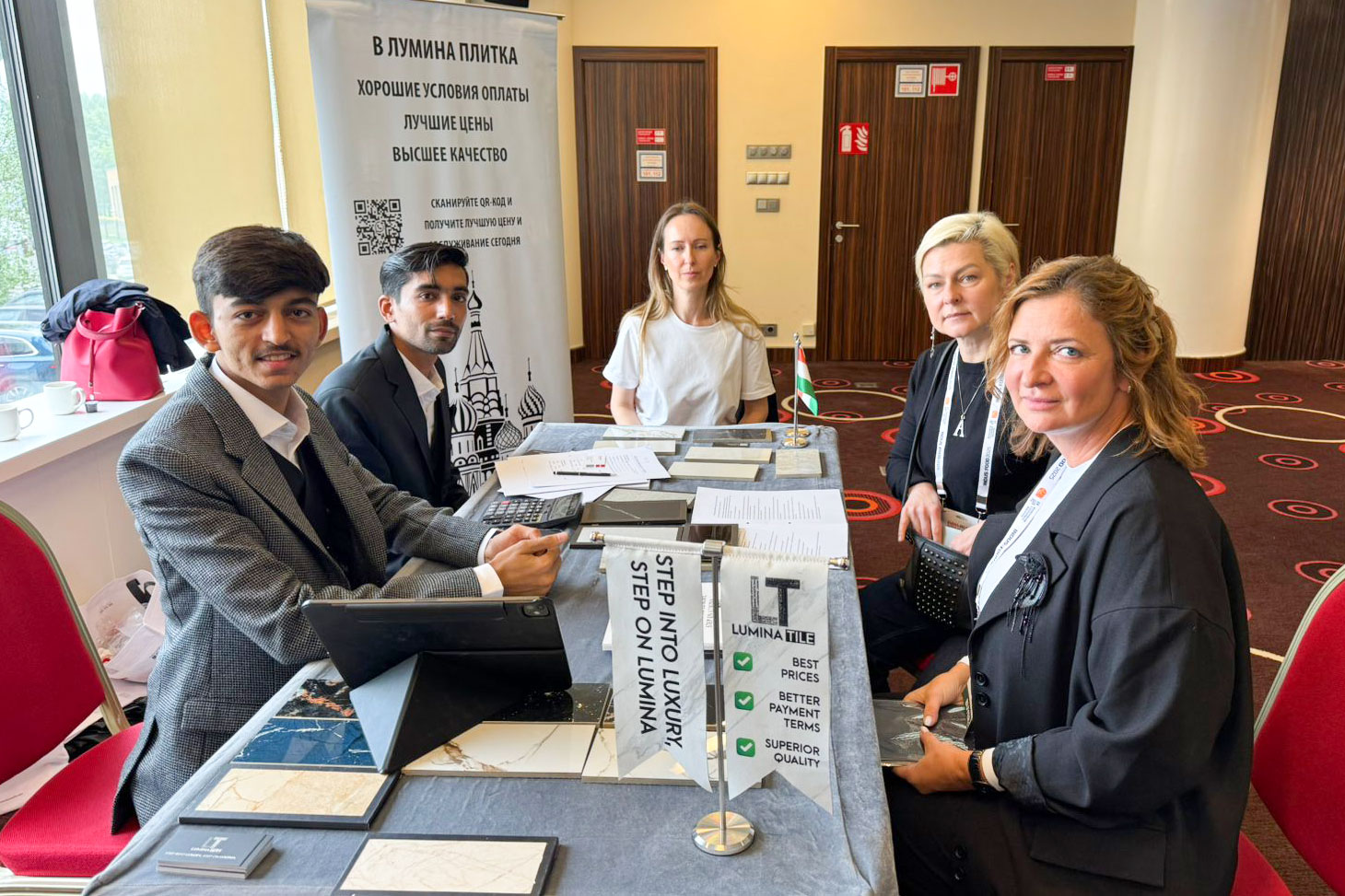

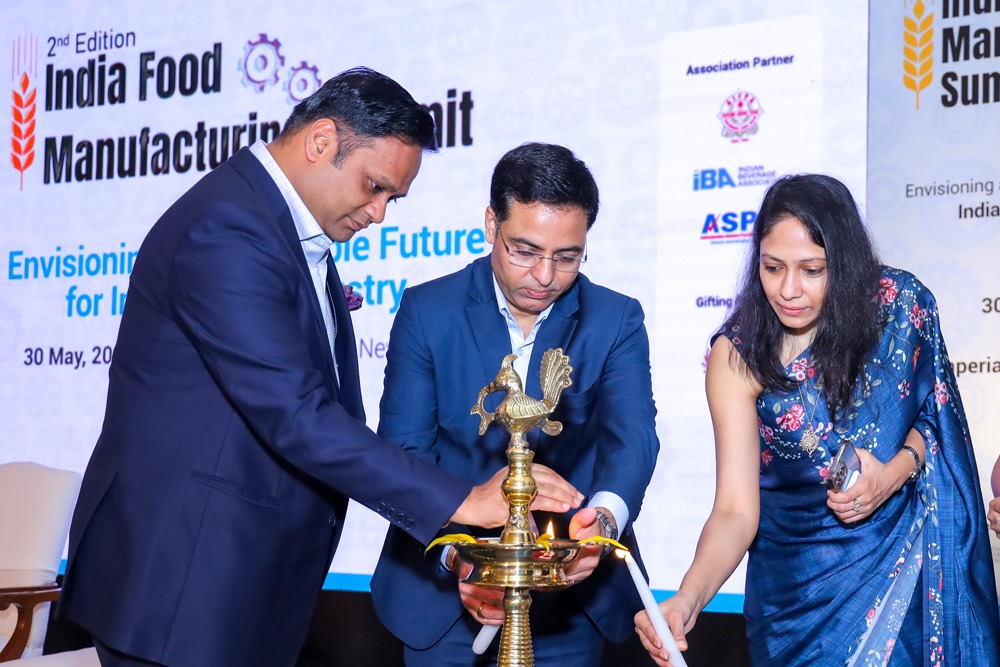
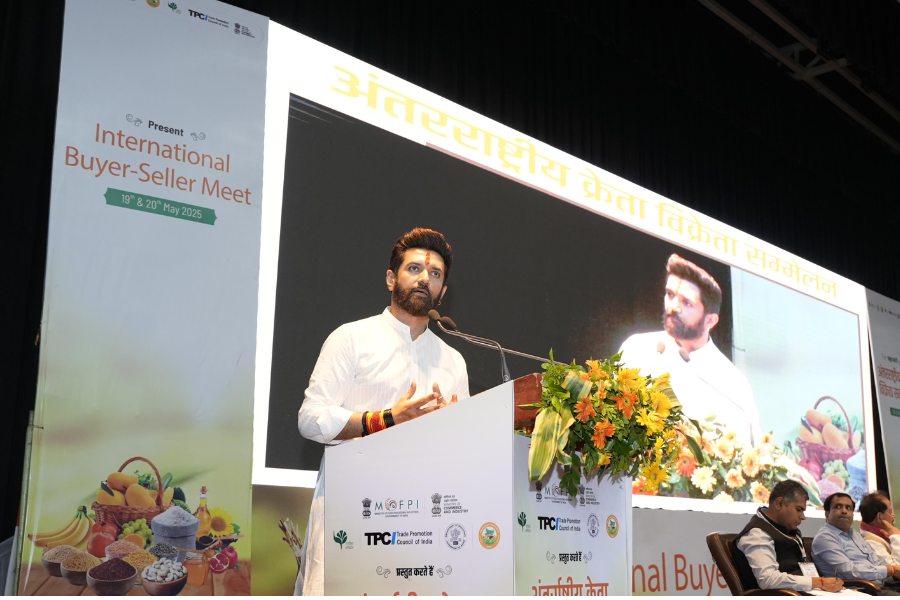
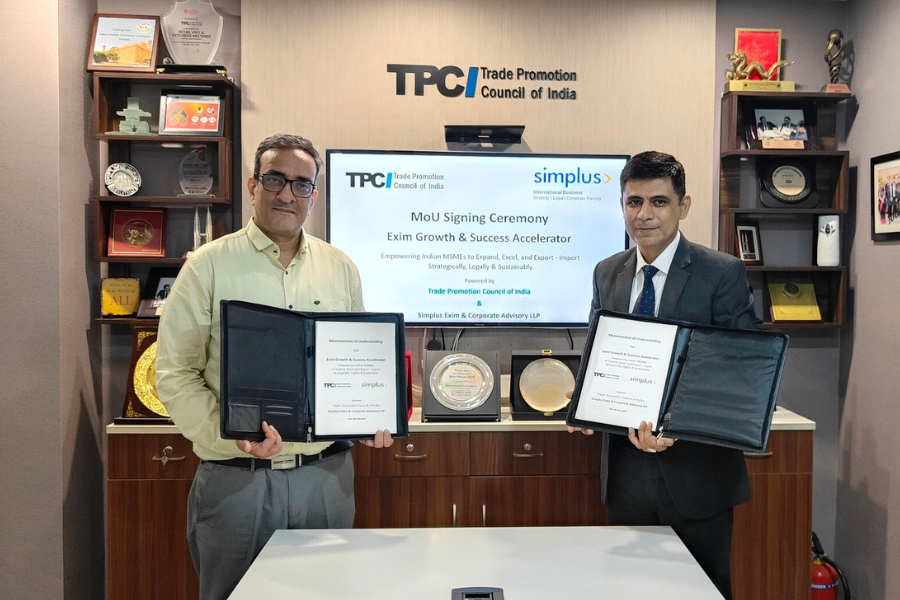






Leave a comment